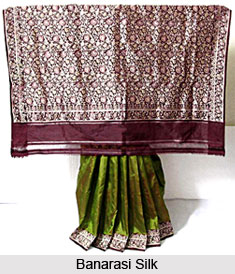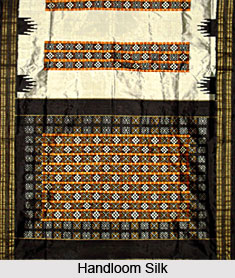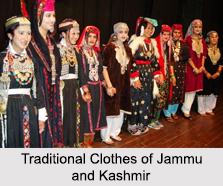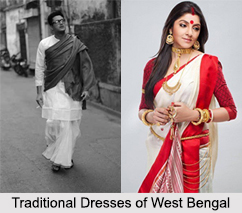 Indian festival sarees are created keeping in mind the mood, the occasion and the event. The colour and the designs of the sarees are created accordingly. India is the centre of various festivals and are held by different communities and religion in different seasons.
Indian festival sarees are created keeping in mind the mood, the occasion and the event. The colour and the designs of the sarees are created accordingly. India is the centre of various festivals and are held by different communities and religion in different seasons.
Indian festival sarees are the manifestations of the event and the type of celebrations.
According to the designs and colours, the sarees display the vibrancy of the importance and the intensity of the occasion. The sarees play an important part in the traditional and occasional predisposition of Indian culture. In the same way, brocades speak of happy times, an event of celebration. These types of sarees are worn to celebrate the birth of a baby, the marriage of a dear one, etc. Indians cherish festivals like Diwali or Durga Puja which are the occasions to expose colours and enjoyments of human mind. These festivals are said to be the festivals of affluence and prosperity and the women wear sarees woven with golden thread. Recently due to the unavailability of actual gold thread, the zari works in sarees are hugely accepted by the Indian women.
 The sarees that are worn during the Indian festivals reflect traditions the cultural heritage the country possesses. The sarees of different region display distinct style and features that are developed by the artisans through decades. The wedding sarees of different regions are decorated differently with an individuality of the fabrics. A few regional festivals like Pongal in Tamil Nadu, Onam in Kerala, Nabobarsho in West Bengal, Chhath Puja in Bihar and several others are accompanied by a number of pujas of regional gods and goddesses in each part of India. Indian women prefer to adorn themselves with sarees that have great ritualistic value in Indian culture. Besides these another important festival in the life of married women is `Karwa chauth`. During these festivals Indian women drape red or pink sarees that are exclusively designed with zari work. On the festival of Teej, wearing colourful `bandhej` sarees are very much in trend. Festival sarees for Navratri, Dandiya, Garba and many more are created by the artisan with immense dexterity. Gorad sarees are famous in Eastern part of India and are worn by the Bengali women during pujas.
The sarees that are worn during the Indian festivals reflect traditions the cultural heritage the country possesses. The sarees of different region display distinct style and features that are developed by the artisans through decades. The wedding sarees of different regions are decorated differently with an individuality of the fabrics. A few regional festivals like Pongal in Tamil Nadu, Onam in Kerala, Nabobarsho in West Bengal, Chhath Puja in Bihar and several others are accompanied by a number of pujas of regional gods and goddesses in each part of India. Indian women prefer to adorn themselves with sarees that have great ritualistic value in Indian culture. Besides these another important festival in the life of married women is `Karwa chauth`. During these festivals Indian women drape red or pink sarees that are exclusively designed with zari work. On the festival of Teej, wearing colourful `bandhej` sarees are very much in trend. Festival sarees for Navratri, Dandiya, Garba and many more are created by the artisan with immense dexterity. Gorad sarees are famous in Eastern part of India and are worn by the Bengali women during pujas.
Indian festival sarees get an added beauty and elegance when they are properly draped and accessorized with suitable jewelleries. The silk, as a fabric, is appreciated all over India as the material reflects and brings out the gorgeousness of the saree and the elegance of a woman. Apart from this, other fabrics like cotton, georgette, chiffon are used for making different festival sarees in India. Kanjeevaram silk, Gardwal saree, Tanjore silk, Banarasi silk , handloom silk, Patola saree, summer silk, katan silk, Orissa silk, butter silk, raw silk, samu silk, jamdani sarees, Paithani sarees etc are some of the festival sarees of India.
Indian festival sarees also include party sarees that are worn in social gatherings. The artisans are deft in creating artistic embroideries along with cut work, sequin work and sequin beaded work that are meticulously fashioned with vibrant colour combinations. These sarees are beautifully etched with sequins and beads that yield a trendy as well as enhance the gorgeous look of a woman. Patch embroidered sarees, heavy border sarees, embroidered border sarees, lightweight party sarees, shaded sarees with heavy stone work, net party sarees are widely appreciated for elegant designs, bright colors, smooth finish and the exclusive designs. The party sarees are hugely admired among the Indian women for the fine quality fabric, intricate and aesthetic designs, and the superb use of colours.
Though the Indian artisans flaunt a wide variety of party wear sarees, the traditional zari embroidered sarees have a great appeal amongst the Indian women and are appraised for the ethnicity of the material and designs. The artisans with their perseverance ferret out different designs that suit the purpose of the modern need and gel well with the present trend.





















